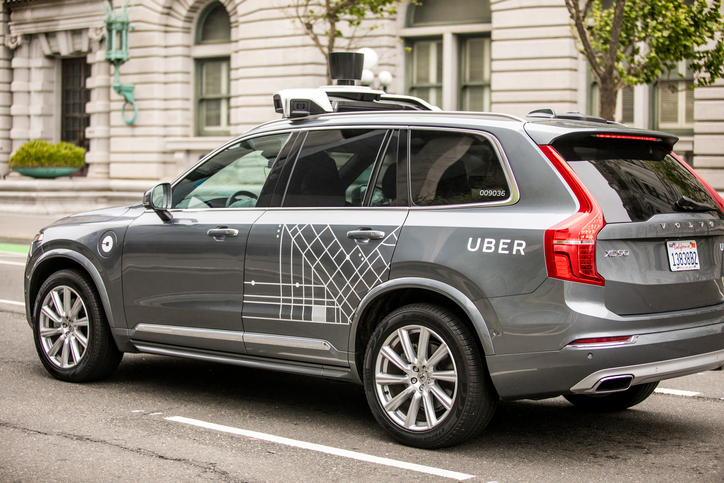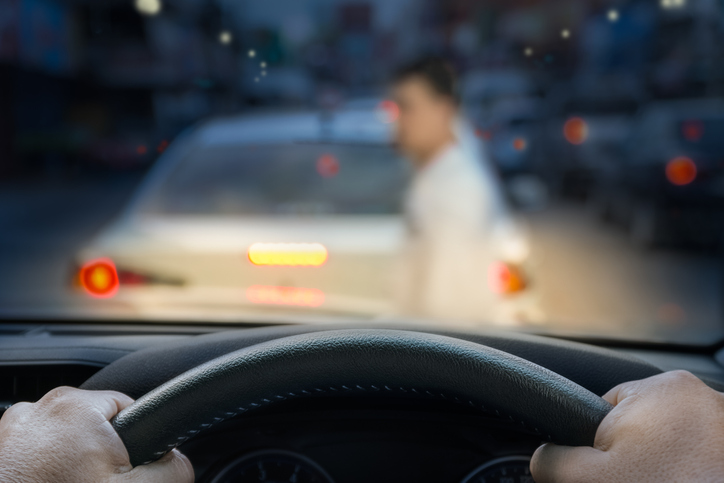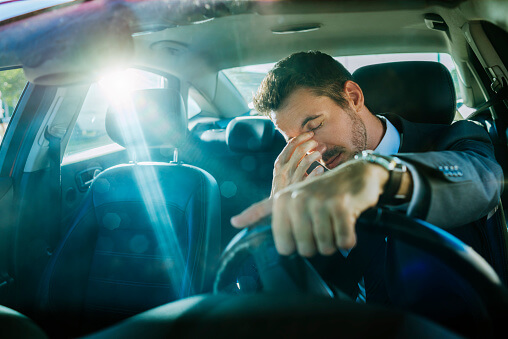The self-driving Uber crash that killed an Arizona pedestrian in 2018 sounded an alarm for roadway safety advocates. According to StreetsBlog, the car lacked the software that could have prevented the pedestrian’s death. Furthermore, the car was never programmed to spot pedestrians walking outside of crosswalks.
While the Uber reportedly identified the pedestrian crossing the street with her bicycle, the National Traffic Safety Board (NTSB) says that it failed to apply the brakes and hit her at a speed of 45 mph. In addition, the emergency brake was found to be disabled. Only an alarm designed to alert the operator was activated, yet it was found to be flawed.
The critical moment leading to the fatal pedestrian crash
The car’s software detected the pedestrian six seconds before striking her. At exactly 1.2 seconds the car realized that it would not be able to take evasive action and failed to properly classify the pedestrian. The alarm wasn’t sounded until .2 seconds before fatally striking the pedestrian. The operator, therefore, didn’t have enough time to take control of the car. (The operator was also distracted by handheld technology moments before the Uber struck and killed the pedestrian.)
“Although the [Automatic Driving System] sensed the pedestrian nearly six seconds before the impact, the system never classified her as a pedestrian — or predicted correctly her goal as a jaywalking [sic] pedestrian or a cyclist — because she was crossing … at a location without a crosswalk,” according to the NTSB report.
Uber is taking responsibility for a faulty system
Uber has taken full responsibility for the fatal Arizona pedestrian crash. The company has already reached a settlement with the family of the victim. Moving forward, the company plans to make safety improvements to its autonomous cars. This includes ensuring that the emergency braking system is always enabled and the sensors properly detect pedestrians and bicyclists. In addition, each self-driving car will have two properly-trained operators as opposed to one.
This incident is a prime example as to why placing too much confidence in vehicle technology can be a deadly mistake. Self-driving cars are being tested on roadways across the United States, including here in Chicago. Additionally, we’re seeing an increasing number of new cars coming fully equipped with advanced driver assistance systems. These include automatic braking, forward-collision avoidance, steering control, and blind-spot detection.
Even when this technology seems to be working fine, a sudden glitch in the software, or sensor failure, can lead to someone being injured or killed. That’s why drivers should never take their eyes off the road, hands off the wheel, or attention away from driving.
If you or a loved one was hurt in a crash because another motorist wasn’t fully engaged in the task of driving, you may be eligible for compensation. The Chicago car accident attorneys at Coplan + Crane can fight on your behalf and help recover all damages owed to you. This includes medical expenses, lost wages, and non-economic damages such as pain and suffering.
Contact us online today to find out how we can help you.
















